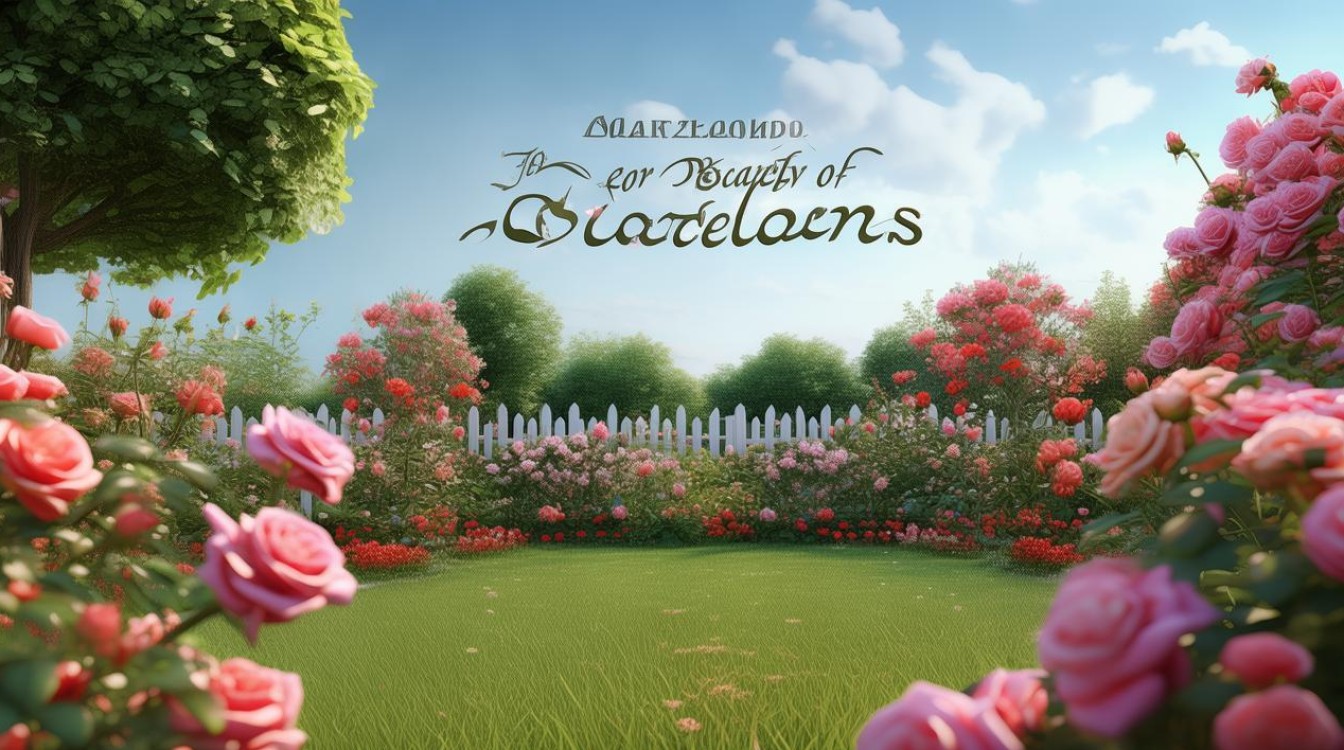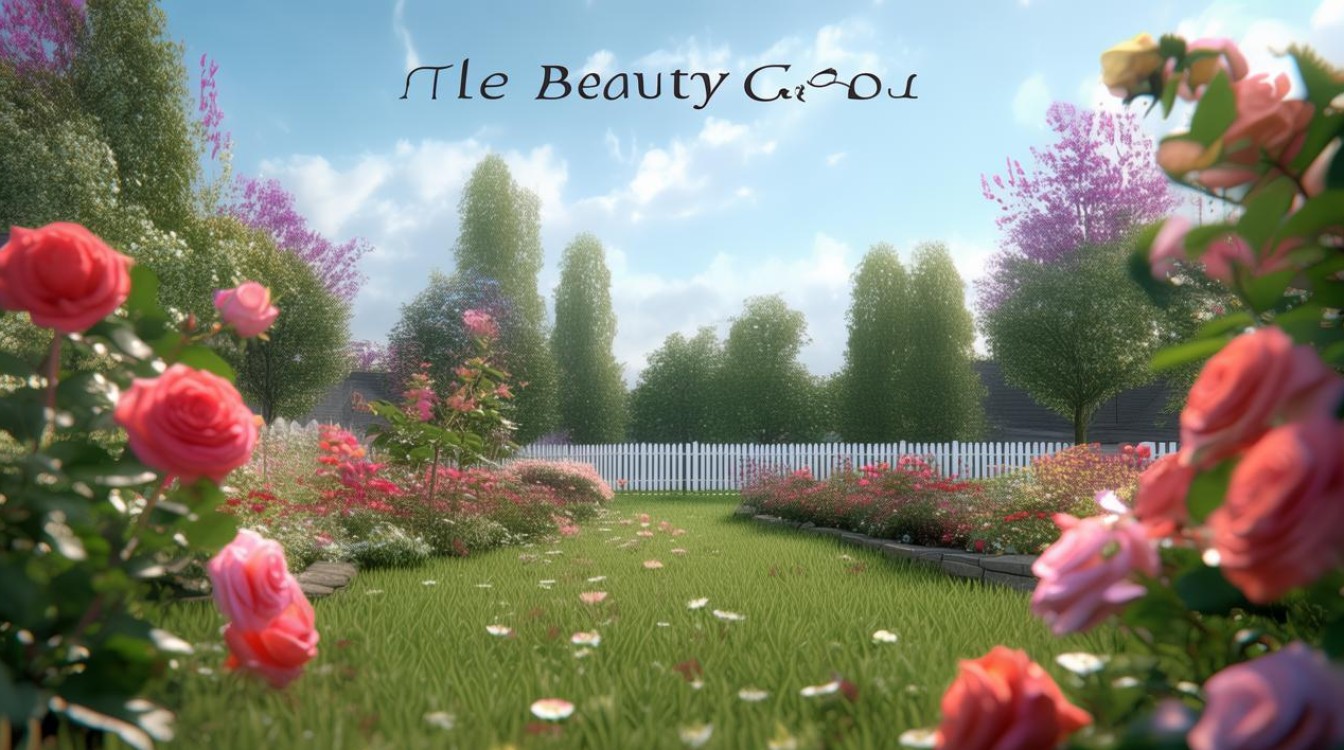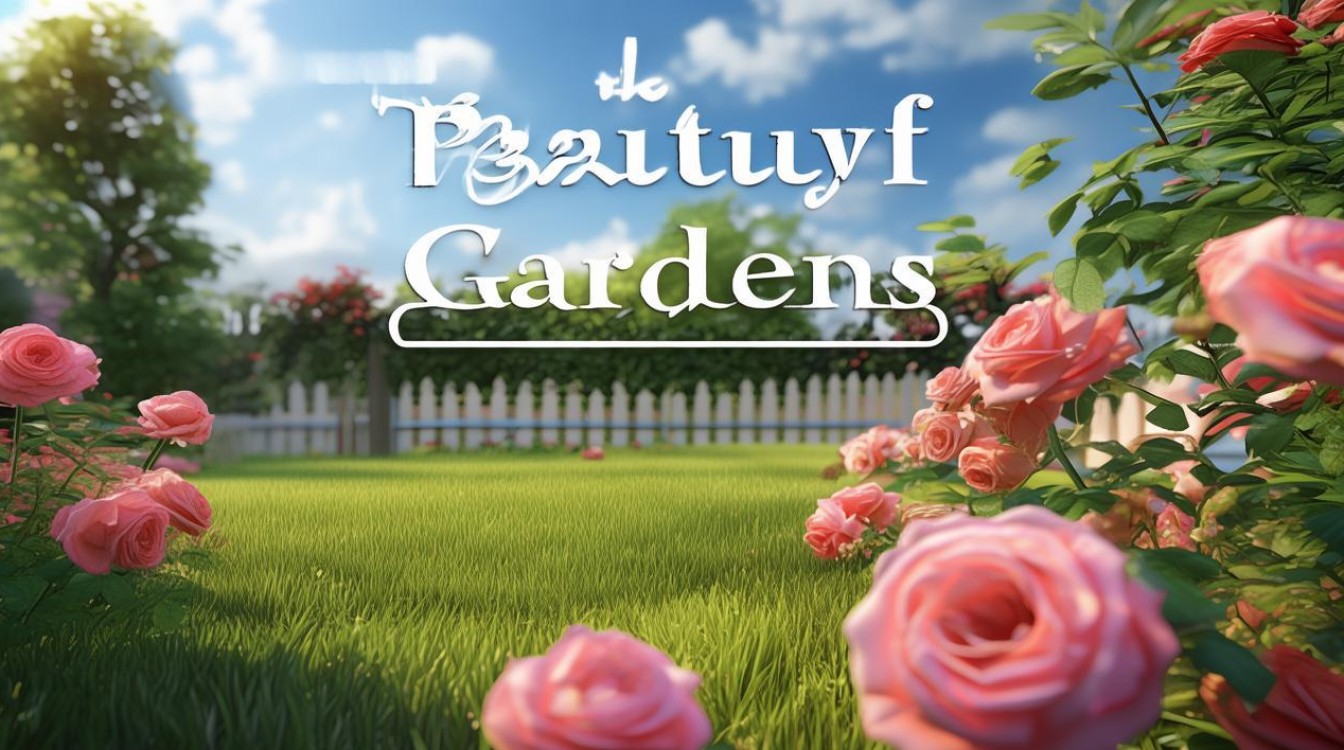Gardens are more than just collections of plants; they are living artworks that reflect nature’s harmony and human creativity. Whether sprawling across acres or nestled in small urban spaces, gardens captivate with their colors, scents, and textures. Exploring their beauty in English allows us to appreciate their universal appeal while enriching our language skills.

The Visual Splendor of Gardens
A garden’s visual charm lies in its diversity. Flower beds burst with hues—roses in deep reds, tulips in bright yellows, and lavender in soothing purples. The contrast between delicate petals and sturdy leaves creates a dynamic scene. Trees, from weeping willows to towering oaks, add structure and shade, while hedges and topiaries introduce geometric precision.
Seasonal changes bring fresh delights. Spring gardens awaken with cherry blossoms and daffodils, while summer showcases sunflowers and hydrangeas. Autumn transforms foliage into fiery reds and golds, and winter reveals the elegance of bare branches dusted with frost. Each season offers a unique palette, making gardens endlessly fascinating.
The Symphony of Scents
Fragrance elevates a garden’s allure. Jasmine and gardenias release sweet perfumes in the evening, attracting night-flying pollinators. Herbs like rosemary and thyme emit earthy aromas when brushed against. A walk through a rose garden immerses visitors in layers of scent, from citrusy tea roses to spicy damasks. These olfactory experiences linger in memory, often evoking nostalgia or tranquility.
Textures and Sounds
Gardens engage multiple senses. Crunchy gravel paths, velvety moss, and rough bark invite touch. Grasses sway and rustle in the breeze, while water features—babbling fountains or quiet ponds—add soothing background music. Birdsong completes the auditory landscape, turning gardens into natural concert halls.

Cultural and Historical Significance
Gardens reflect cultural values. Japanese Zen gardens, with raked gravel and minimalist plantings, embody mindfulness. English cottage gardens celebrate abundance and informality, while French formal gardens symbolize order and control. Historical gardens like Versailles or Kew offer glimpses into past aesthetics and societal ideals.
Personal and Environmental Benefits
Beyond aesthetics, gardens nurture well-being. Studies show that spending time among plants reduces stress and boosts mood. Gardening itself is therapeutic, combining physical activity with creative expression. Environmentally, gardens support biodiversity by providing habitats for insects, birds, and small animals. Urban green spaces mitigate heat islands and improve air quality.
Writing About Gardens in English
Describing gardens in English sharpens observational and linguistic skills. Here are some approaches:
-
Descriptive Essays
Focus on sensory details. For example:
"The sunflower patch glowed under the midday sun, each golden face tracking the light. Bees hummed lazily between blooms, their legs dusted with pollen."
-
Narratives
Share personal experiences. A childhood memory of planting seeds or a visit to a famous botanical garden can form engaging stories. -
Poetry
Use metaphors and rhythm to capture a garden’s essence. Lines like "Petals unfold like whispered secrets" convey delicacy and wonder. -
Environmental Advocacy
Discuss sustainable gardening—composting, native plants, or water conservation—to inspire eco-friendly practices.
Famous Gardens to Inspire
- Keukenhof, Netherlands: The world’s largest flower garden, famous for its tulip displays.
- Butchart Gardens, Canada: A reclaimed quarry transformed into a floral paradise.
- Sissinghurst Castle Garden, England: A romantic vignette of intertwined blooms and literary history.
Visiting or reading about such places fuels creativity and broadens horticultural knowledge.

The Universal Language of Gardens
Gardens transcend linguistic barriers. A well-tended plot communicates care and beauty without words. For English learners, writing about gardens merges language practice with nature appreciation. Describing the way light filters through leaves or the sound of rain on petals deepens vocabulary and emotional expression.
Gardens remind us of nature’s resilience and artistry. They are places of solace, inspiration, and connection. Whether through a single potted plant or an expansive estate, cultivating or simply enjoying green spaces enriches life. In a fast-paced world, gardens offer a pause—a chance to breathe, observe, and marvel at the quiet miracles of growth and bloom.
The next time you step into a garden, let its beauty stir your senses and your words. There’s always a new detail to notice, a fresh way to describe the interplay of light and shadow, or the delicate balance between wildness and order. That’s the magic gardens hold—and the joy of sharing it in English.

